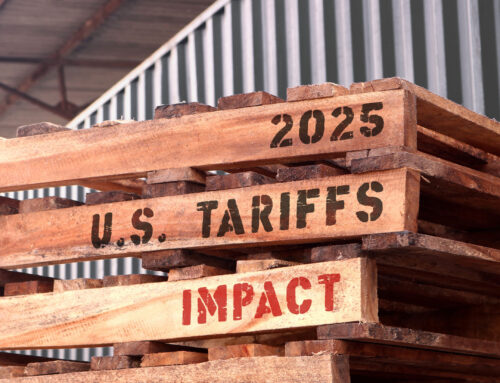We’ve been harboring a secret, but it’s time we came clean—we have a footer fetish.
Before you judge us, consider this:
The footer isn’t just the bottom of the web page. It actually serves an important purpose by offering key information and navigation alternatives.
Location, location, location…
There’s a lot of hype about what goes above the fold on websites—and rightly so. It’s prime real estate, so the design and content deserve a lot of consideration if you want to make the desired impact and draw people into your site.
However, more people look at a footer than you might think. Arriving at the footer is the natural result of scrolling, which has become normalized in this era of mobile technology. The footer is also a purposeful destination for people who are looking for easy access to reference links. This is where user experience comes into play. The footer represents another content area that is too valuable to treat as a mere afterthought.
Since the footer demands a premium when it comes to design, optimizing this space is vital. Here are five reasons why:
- Multigenerational accessibility. People across generations are spending more time online, so maximizing usability to serve the cross-generational masses is important. While some people prefer to utilize the main navigation, others look to the footer as a consistent location to find key links on the page. And it never hurts to have multiple access points to get to the same information.
- Repository. The footer acts as a natural place for information that needs to be accessible but not prominent, such as copyright or legal information.
- Engagement. Attention spans are limited these days, and they’re only getting shorter. By offering valuable navigation links in the footer, users can continue to engage with your site without missing a beat—no need to scroll back up, limiting the chance for distraction.
- Motivation. The footer gives a final opportunity for a call to action before someone leaves your site. Whether you’re looking for people to signup for your newsletter, make a donation, or contact you, the footer becomes a great reminder to compel people to act.
- Conclusion. The footer provides a visual cue that the ending is here. Since it’s consistent across all pages, the footer naturally signals the end of page content and guides the user to venture elsewhere on the site.
Often underappreciated, footers are quite essential and they should be designed with intentionality. With all that in mind, we bet you’ll never at look at footers the same way again 😉
Could your footer use some love? Let’s talk!





